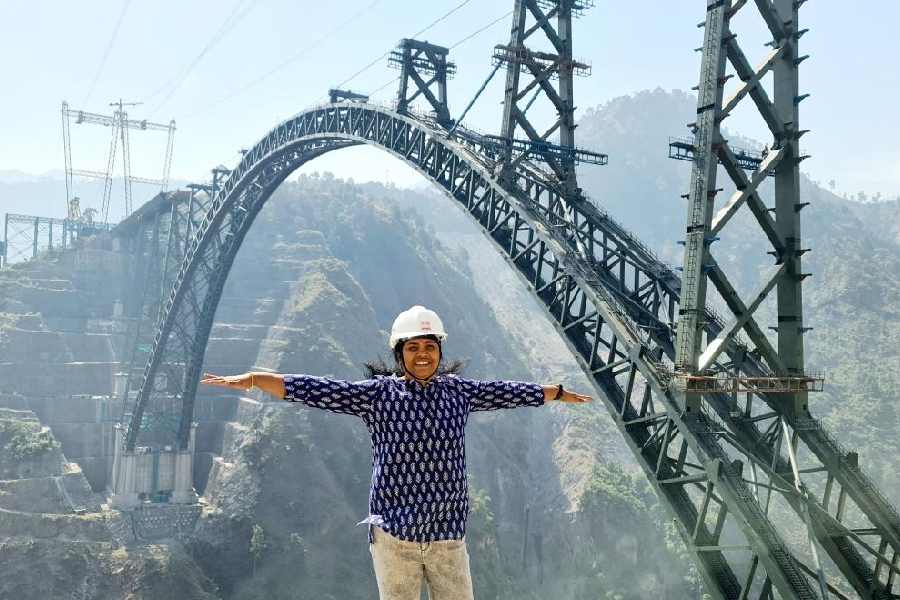April 4: The long dry spell for the past three months has resulted in a dip in the groundwater level in the city. Though the situation has not turned serious, experts consider rainwater-harvesting technique to be an effective way of storing water as well as recharging the groundwater level here.
This year, there has been 87 per cent deficit in the amount of rainfall in the city.
Following the gradual depletion of groundwater level in the city as well as different parts of the state, the state government has enacted the Assam Ground Water Control and Regulation Act, 2012, in the recent budget session.
The act aims to regulate and control the over exploitation of groundwater resources in the state to prevent scarcity of water in the future. The state government also plans to set up a State Ground Water Authority for this purpose.
Several places in the city are also reeling under an acute shortage of water. In the absence of rain, many wells have dried up. In a few affected areas despite having deep tubewells, people fail to draw up water especially during the dry seasons.
“Although it is true that groundwater level in the city is going down, it has not reached the danger level. If precautions are not taken now, this problem may aggravate in the future. Through rainwater harvesting excess rainwater can be stored and utilised for different purposes. Moreover, if rainwater is stored and then diverted through a pipe into a pit dug in the ground, it will seep inside it, thereby recharging the underground water level. If every building has in-built rainwater harvesting facility, the problem of shortage of water will disappear,” scientist of the Central Ground Water Board, P. Kalita, said.
“In a building with Assam-type roof rainwater can be stored by installing a gutter on the sides of the roof, which can then be connected through a pipe into a water tank placed below. In RCC buildings, the excess rainwater at the rooftop can be diverted through a pipe to a tank or a pit in the ground,” Kalita said.
Various factors are responsible for depletion of ground water. With an increase in population, consumption of water is increasing; but there is no simultaneous increase in the quantity of groundwater. With more concrete structures coming up, open areas are fast disappearing.
“Groundwater level does not get recharged as the excess rainwater cannot seep into the ground through concrete ground. Even the compounds of residences are concrete these days. Besides, when hills are cut and houses constructed rainwater flows down at a fast pace. Presence of trees on the hills obstructs water from flowing down, for which it can seep back into the ground,” Kalita said.
To make matters worse, piped water provided by the GMC only covers 30 per cent of the city’s present population. As a result, the remaining 70 per cent have to either dig deep tubewells at their residences or purchase water from private water suppliers. In a particular instance, residents in a certain area of Dispur failed to discover groundwater even after digging 80 feet.
The aquifer — underground layer of water-bearing permeable rock, gravel, silt or sand from which water can be extracted — of the city is not evenly distributed because of which groundwater cannot be extracted from every location evenly.
“Because of the uneven aquifer, while groundwater can be easily reached in one location, at another point one may fail to find water even after digging to a considerable depth. Moreover, it is easier to find the source of underground water in plains than in foothill areas where there is greater presence of rocks underground. In the plains, water can be reached by digging a well up to a depth of 30-40 feet, in the foothills a well has to be dug to a maximum depth of 40-45 feet. However, deep tubewells can reach groundwater at a depth of about 2-3 metres in plain areas of the city and about 8-15 metres in the foothills,” Kalita said.










